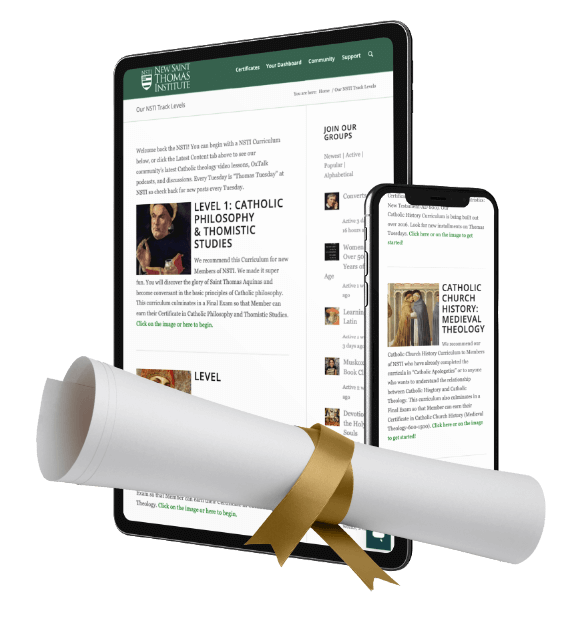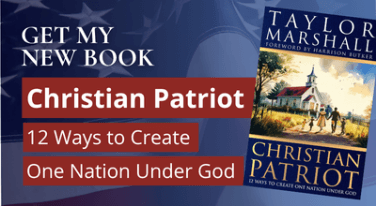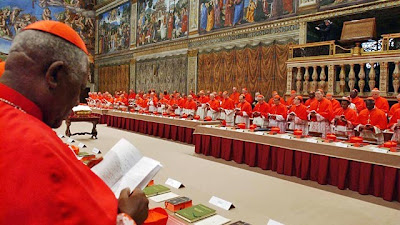20 Fun Facts about Papal Elections in Church History
Today begins the Papal Conclave to elect our new Pope. I was reading up on the history of Papal conclaves and distilled for you twenty interesting facts. Here they are. Feel free to use them at your next cocktail party:
1. How was a Pope elected in the early Church? Originally, the Pope was elected by the local bishops surrounding Rome, by the clergy of Rome, and by “good men” of Rome. Saint Cyprian, writing about the election of Pope Cornelius, lists these three groups (Ep. IV ad Anton., n. 8) as the original body of electors in the third century, long before the office of cardinal was created. Obviously, this loose form of election allowed for some confusion and the production of anti-popes.
2. Could an Emperor “Veto” a Papal Election? In AD 533, Pope John II formally recognised the right of the Ostrogothic kings to ratify papal elections. This right passed to the Holy Roman Emperors and then to the Austrian Emperor. This so-called “Imperial Veto” was exercised by the Hungarian king as late as 1903 against the election of Mariano Rampolla. When Rampolla was vetoed after a lawful election, the conclave selected Giuseppe Sarto – Saint Pius X! Pope Pius X immediately outlawed the “Imperial Veto” for the future.
3. What about laymen? In AD 789, noblemen (prominent Roman laymen) were excluded from the vote. However, Pope Nicholas restored votes to noblemen in AD 862.
4. When did the college of cardinals come into existence? In AD 1059, only the Roman cardinals (in Latin “hinge” clergy) elected the Pope. The cardinals included the bishops of six local dioceses around Rome (cardinal bishops) and the clergy of Rome (cardinal priests and cardinal deacons). The titles and hierarchy of the cardinals still hearken back to this arrangement, even though today’s cardinals represent various nationalities.
5. Are the cardinals ranked by power? In the 11th century, the cardinal bishops would create a list of candidates and then the rest of the cardinals would join in the vote. This gave special power to the cardinal bishops. This is no longer the case. All cardinals have one vote and vote together in common.
6. Did the people have a say? In AD 1139, the Pope removed the previously required “assent of the people” at the institution of a new Pope. Previously, if the people cheered, it was good. If they rioted, no so good.
7. Just a few cardinals can do the job. There were only seven cardinals in existence when Pope Alexander IV was elected!
8. What kind of majority is required to elect the Pope? According to an old decree of AD 1179, a 2/3 majority is required to elect the Pope. In the case of Alexander IV who elected by a conclave of only seven cardinals, five cardinals would have sufficed for a 2/3 majority. Later on, Pope John Paul II’s constitution allowed election by absolute majority if deadlock prevailed after thirty three or thirty four ballots.
9. The meaning of the term “conclave.” Due to delays in electing Popes, in AD 1274 it was decreed that the cardinals should be LOCKED UP until they elected a Pope. This is the meaning of “conclavis” which basically mean “locked up with a key.”
10. A two year conclave! The longest conclave lasted for two years from AD 1314 till 1316 during the Avignon Papacy.
11. The Pope acting like Moses. In 1587, Pope Sixtus V restricted the number of cardinals to 70, following the precedent of Moses who appointed 70 elders (6 cardinal bishops, 50 cardinal priests, and 14 cardinal deacons). Pope John XXIII began to expand the number and Pope Paul VI increased the limit to 120! There will be 115 cardinal voters in this election, even though there are many more cardinals above the voting age, which brings us to…
12. How old can cardinal electors be? Pope Paul VI in 1970 said that cardinals could only vote if under the age of 80.
13. Does the Pope have to be a cardinal? Pope Urban VI in 1378 was the last pope elected from outside the College of Cardinals.
14. Does he have to be a priest? The last person elected as Pope who was not already a priest was Pope Leo X in 1513.
15. Does the cardinal need to be present to be elected? No. Pope Adrian VI was elected cardinal while he was absent from the conclave! Surprise!
16. Women? Women cannot be elected Pope since they cannot be priests or bishops. However, there is a false legend about “Pope Joan.”
17. Can a cardinal reject his election? Yes, a cardinal can be validly elected, but refuse the Papal office. He only becomes Pope when he assents.
18. When does a Pope choose his name? If the elected cardinal assents to the election, the Dean of the Cardinals asks, “Quo nomine vis vocari? The cardinal then announces his new name.
19. What about the famous proclamation? When the Pope is announced to the world, the Church uses this traditional template:
Annuntio vobis gaudium magnum:
Habemus Papam!
Eminentissimum ac Reverendissimum Dominum,
Dominum [forename],
Sanctae Romanae Ecclesiae Cardinalem [surname],
qui sibi nomen imposuit [papal name].
“I announce to you a great joy:
We have a Pope!
The Most Eminent and Most Reverend Lord,
Lord [forename],
Cardinal of the Holy Roman Church [surname],
who takes to himself the name [papal name].”
20. What is the first thing a new Pope does? The new pope begins his pontificate by giving his first apostolic blessing, Urbi et Orbi (“to the City and to the World”). An indulgence is attached to hearing this blessing, even through the radio or TV.
Question: What did I miss? Can you share any other interesting or unusual facts concerning the Papal Conclave?
Do you enjoy reading these posts by Dr. Taylor Marshall? Make it easier to receive new daily posts. It’s FREE. Please click here to receive new daily posts instantly through e-mail. Privacy Guarantee: Your e-mail will never be shared with anyone.
Please also explore Taylor’s books about Catholicism at amazon.com.
What to Watch Next
Thomas Jefferson shoehorned “the wall of separation of church and state” into modern politics. It’s time to...
Christian Nationalism or Christian Patriotism? by Dr. Taylor Marshall Many Conservatives in the post-MAGA world are advocating...
Bishop Strickland criticized Father James Martin in public, since no other bishop (including Martin’s ordinary) would chastise...
SHOP THE TAYLOR MARSHALL STORE
Dive Deeper

GET CONFIDENT IN YOUR FAITH
Explore the fascinating world of Catholic teachings with Dr. Marshall. Together you’ll unpack the brilliant answers the Church gives to tough questions about the Faith. The best part: you go at your own pace. Start this exciting journey today.


 >
>



